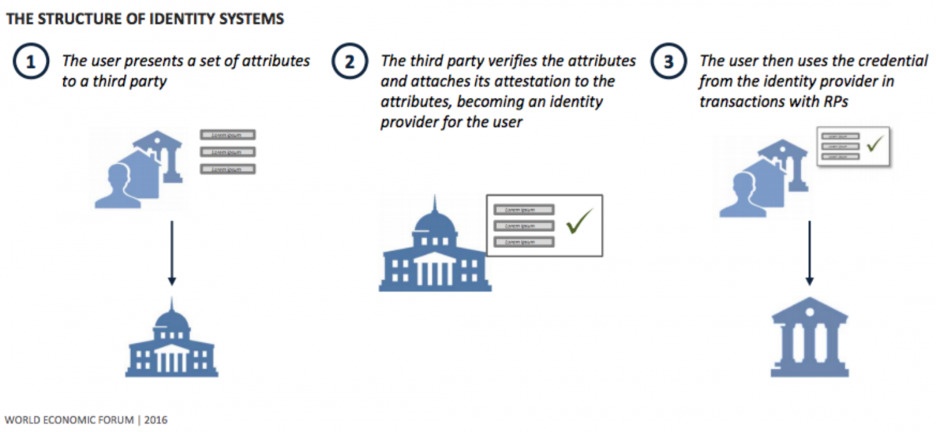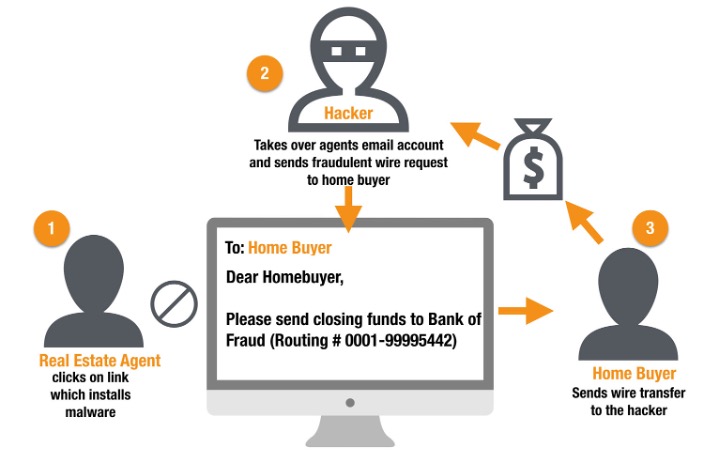
Blockchain is Not a Vaccine by Jason Bennick
Author: gatelesis
Technology purists today will argue the actual validity for a need, or practical use of, decentralized ledger technology.
In this argument, the purist might also typically assert with snub-nosed confidence that (relatively) everything a blockchain does can be solved with routine development and automation in the cloud.
Fortunately for all of us, this is not the case.
This is why it is important to understand blockchain’s value to business before diving into the hype.
This means having a few basics under your belt in understanding why we need blockchain for business and how it can be of measurable value in helping solve so many foundational problems.
Blockchain is a Supporting Technology, Not a Cure
The first and likely most important factor to understand is that blockchain is not a cure; it is a treatment.
By design, blockchain is a supporting technology to help make business operations, activity, and engagement with customers more secure, efficient, and honest.
A great example would be efficiency and security.
Millions of people enter and leave hospitals every day, providing insurance information, different forms of ID, and being treated by one or more doctors. This happens either through an Emergency Room, a doctor visit, scheduled operation, or general treatment.
In every case, your identity, insurance information, and extensive health records (newly created) are now on file in that hospital or with that specific doctor.
So, what happens when you then need to see a different doctor? Or go elsewhere for treatment? Or maybe, you are traveling and see a doctor or obtain treatment out of state?
The complexity, channels, and time involved in obtaining or moving, sharing, or accessing those health records, can be staggering. It can take hours, weeks, or even months in some cases, depending on the urgency of how life-threatening (or not) your situation is.
Blockchain? Indeed, it can measurably help solve this situation.

What if your information was securely stored in the cloud but attached to a blockchain with encrypted access? What if you had the encryption key to that exact information through your own Decentralized Identity (DID), and what if you could then grant access to a new doctor to now see that information to treat you?
In other words, outside the facility’s framework, who sources those specific records (where they must remain hosted)? You could grant permission to another doctor or hospital by validating your own DID, providing them instant access to view your records.
The same could be said of a digital passport or government ID that is decentralized and immutable, able to be viewed by TSA when traveling or when entering or leaving a country.
The list goes on, and many of these business challenges are being solved right now with blockchain, but it is at a very nascent stage of development. And in most cases, being delayed from implementation to help support and address these challenges by the very pundits who seek to prove otherwise.
Again, in none of these cases is blockchain the cure, but merely a treatment to better solve existing processes more efficiently.
Blockchain Can Remove a Lot of Human Error

Blockchain uses a unique system of “smart contracts,” or executable software programs developed to ensure a predetermined criterion of actions are done or stipulations are met, with the evidence presented (and validated) before enabling a transaction to take place.
Humans are not required to validate, as it is all done through trust in programming and automation to 100% eliminate opinion or human error.
With a blockchain and smart contracts, consensus among all parties must be obtained before all computers with responsibility of validation to agree that it’s ok to now allow a transaction.
Imagine a group of 20 people all reviewing the same thing, checking to see if every step was done, each person having to individually review the same evidence, and then deciding mentally if those steps were done honestly and completely, before they all agree to proceed.
And if just 1 of those 20 people disagrees by finding an error, the entire transaction is halted and cannot be executed until that error is remedied.
This review can take seconds through smart contracts and its inherent automation and consensus, allowing transactions to be honestly performed, all without human error of “oops, I missed that“, or being bought off, or otherwise compromised or influenced.
Blockchain Can Prevent Fraud & Keep Us Honest
This is probably one of the most powerful elements of blockchain: immutability.
Let’s imagine this scenario. You are about to make a down payment on your new home. Your title company and realtor provide you all the information in an email, or an email attachment, with the account numbers of where to send your $22,565.85.
The title agent wants to ensure you actually got it right, so he calls you and literally over the phone, he reads it out, you write it down, and you go through it three times on the call. Now you have it. Handwritten, on a piece of paper, and there is absolutely no way you messed it up. Yep, you know exactly where you will be sending that wire transfer.
The next day, you’re at work, and the realtor calls and says, you just got approved, and let’s send the wire. But you’re at work, an hour away in traffic, it’s 30 minutes until the wire deadline for the bank, the paper is at home on your desk, and your wife is out with the kids at soccer or gymnastics.
You log in, pull up the PDF that was attached to the title agent’s email, and type in the information in your bank wire transfer information, check it 3x, and from recall, are certain it’s the same, and push send with “same day” and pay the wire fee plus an additional $100 for next day.
The following day, before lunch, the title agent calls. She asks if you’ve had a chance to send the wire, and you respond, “why, of course, it should be there already”. Now you begin to break out in a cold sweat.
You ask her to hold on and pull up her email. You read her the attached PDF’s name, and she confirms yes, that is the correct attachment, and if you used that wire information, it should be good. You both agree to give it to dinner and check back.
By dinner, still no wire deposit. And now you find out why. And it’s gone. Forever.
It turns out someone had hacked into the title agent’s business email system and had been there for weeks watching for transactions just like yours. When your email showed up, the hackers phished your email and got into yours. They changed the PDF with a fraudulent one of the same, only changing the wire transfer numbers.
Now, when you sent your $22,565.85 wire (including over $150 in fees), it ended up going to a hacker’s bank account, not the title agent, and your money is now lost and gone forever.

CREDIT: www.frankonfraud.com Frank McKenna
How could blockchain have prevented this fraud and kept everyone honest?
By hosting the wire information on a secure blockchain, only those with validated identities could access it and use it to send or receive money.
And in this case, an identity-validated Electronic Funds Transfer would have ensured that even if the PDF had been, the secure wire account information on the blockchain would not have been touched.
By simply logging in and getting your identity validated, you would have access to that account information and ensure a 100% accurate wire transfer.
Such blockchain solutions and systems currently exist, such as Blockrails™ by the Digital Innovation Group, already in use today across dozens of businesses in the aerospace industry, ensuring the security of millions in identity-validated EFTs.
Conclusion
As IBM Blockchain Partner and illustrious podcast host, Anthony Day says, “Blockchain won’t save the world!” but it can certainly make our days a lot more livable in business.
For some simple, informative reading, I would highly recommend the primer “Blockchain for Dummies” hosted by IBM (downloadable PDF) for blockchain fundamentals of how it works, use cases, enterprise, and the ten steps to starting your first blockchain application.
And for some really great enterprise blockchain basics, I would strongly recommend this page and program from 101 Blockchains. Aviv Lichtigstein runs an excellent training camp of basics across blockchain, and his enterprise foundations are solid as a rock.
And if you’d like to find out if your blockchain initiative or program may or may not fit our current road map at DIG, please always feel free to reach out to us at info@dig.tech; we would love to hear from you.
Happy chaining!
The Digital Innovation Group (DIG Holdings Inc.) is a GA Telesis™, LLC company, the leading provider of integrated services in the commercial aviation industry. DIG is a creative think tank and execution team charged with innovating business solutions using emerging technologies. Through the vision of a secure and connected world powered through ingenuity and democratized technology, DIG is making transformational technology accessible for every business. DIG is underway developing and introducing a series of innovative and connected business solutions helping drive transformational change in removing friction and improving business speed and viability.
For further information: please email: info@dig.tech












